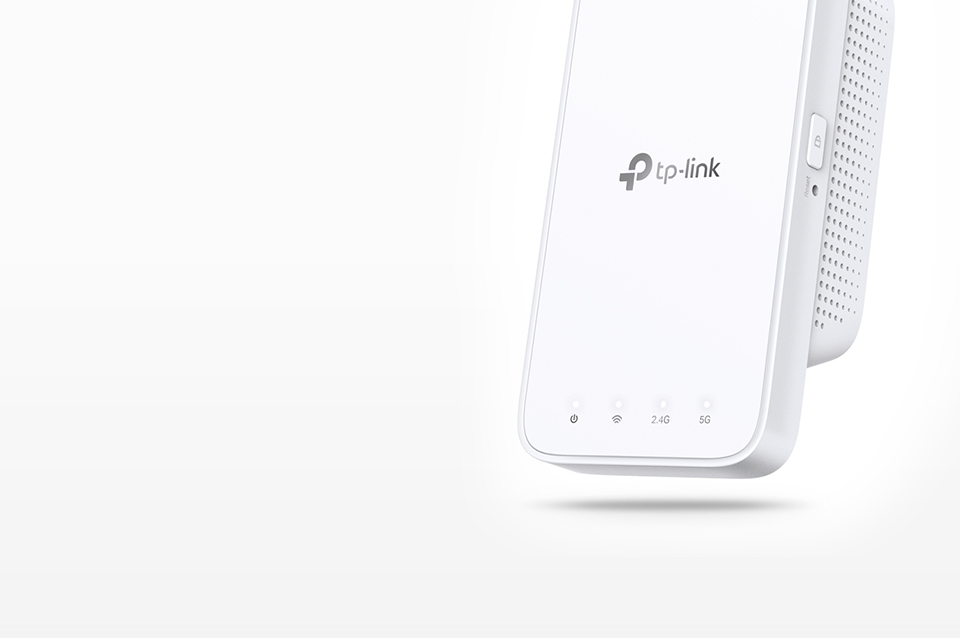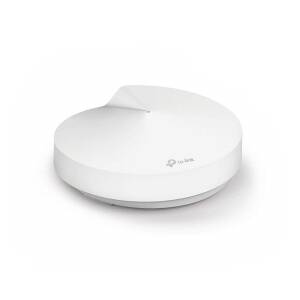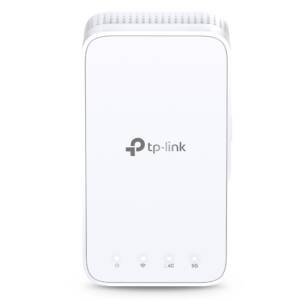
OneMesh™ and Deco Mesh are two whole home mesh Wi-Fi solutions provided by TP-Link.
Though both support mesh networks, they are used by different products and are not compatible with each other.
Since it’s pretty easy to mix up these two solutions, this article is going to show you how TP-Link OneMesh™ and Deco Mesh work differently while providing some tips for using them.
Pick the perfect one to enjoy the best possible whole home Wi-Fi experience.

Deco Mesh
Deco Mesh is technology only used in TP-Link Deco products for Mesh networking.
Deco replaces a collection of routers and range extenders with an intelligent Wi-Fi system made up of multiple units working together seamlessly.
It adapts as your Wi-Fi needs change and uses complex algorithms behind the scenes to automatically and efficiently route data along the fastest path.
All TP-Link Deco models work together.
Just choose one as a main Deco (follow the priority order when choosing the main Deco: Deco M9 Plus/Deco P7 > Deco P9 > Deco M5 > Deco M4R > Deco E4R).
Then follow the Deco app instructions to set it up. After configuring the main Deco, add other Decos one by one onto the mesh network via your Deco app.
After setting up, you can manage your mesh network on any of the Deco units, and the modifications will be synchronized to others on the mesh network instantly.
You can also swap out the main Deco and replace it with any of the Deco units on your Deco app easily.
Deco units support Ethernet backhaul connections, which means every two Deco units—even different models—can be wired with an Ethernet cable and will transmit data between the two units through the Ethernet connection, which is more stable and faster than wireless connections.
Don’t forget, though, Ethernet backhauls and wireless backhauls can’t work at the same time.
Once an Ethernet backhaul is established, the wireless backhaul will disconnect automatically.
So to use an Ethernet backhaul connection, you don’t need to wire every Deco unit.
Instead, you can set up one for Ethernet backhaul and the others for wireless backhaul at the same time if you want.
For example, if you have three Deco units and want to create Wi-Fi not only in your living room and bedroom but also in the office a little far away from the other rooms, which has no Wi-Fi coverage, you can put the main Deco and satellite Deco 1 in your living room and bedroom (wireless backhaul).
As for satellite Deco 2, you can place it in the office with a long Ethernet cable connected to the main Deco or satelliteDeco 1 unit.
In this case, the satellite Deco 2 unit will work through an Ethernet backhaul, while the main and satellite1 will work through wireless backhaul.

OneMesh™
OneMesh™ is a trademark for various TP-Link SOHO products which support mesh networking, including Wi-Fi routers, DSL modem routers, 3G/4G routers, range extenders, and Powerline adapters.
To set up a OneMesh™ network, you can use a OneMesh™ wireless router, modem router, or 3G/4G router with several sets of range extenders or powerline adapters.
One thing to note, however, is that two OneMesh™ routers cannot create a mesh network.
A OneMesh™ router can only be combined with OneMesh™ range extenders or OneMesh™ powerline adapters to build mesh networks.
You can add a bunch of OneMesh™ wireless range extenders or powerline adapters, but only one OneMesh™ router is needed on the same mesh network.
Wireless routers only support OneMesh™ while in Router mode, whereas modem routers support OneMesh™ on any operation mode.
To make full use of two routers, you can set them up separately and create two OneMesh™ networks with network expansion devices.
To add more extenders onto a OneMesh™ network, generally we suggest connecting all the extenders to the router for better performance.
You can also connect one extender to another one already connected to the router.
But we don’t recommend adding more than two extenders to one single link chain in consideration of Wi-Fi quality.
Unlike a Deco Mesh network, a OneMesh™ router acts as the management center on a OneMesh™ network.
You can set and modify the wireless settings such as network name, password, and advanced features like Access Control and QoS on the router.
The router will then synchronize to your extension devices.
Do note, you would no longer be able to modify these items on any of the extenders on the OneMesh™ network separately.
Another difference is that OneMesh™ products do not support Ethernet backhaul now.
Wireless backhaul, however, is still available.
If you want to enjoy a seamless connection between dual-band networks, you need to manually enable Smart Connect on your host router.
Then your host router’s 2.4 GHz and 5 GHz bands will share the same SSID and password.
In summary, though Deco Mesh and OneMesh™ support Mesh networking, they are totally different technologies used by different TP-Link products, so they cannot build a mesh network together or with other brands.
Choose one of them based on your actual needs and start building a seamless whole home mesh network for your home today.
Find out exciting news and more about our products every week at varia.org/blog !

